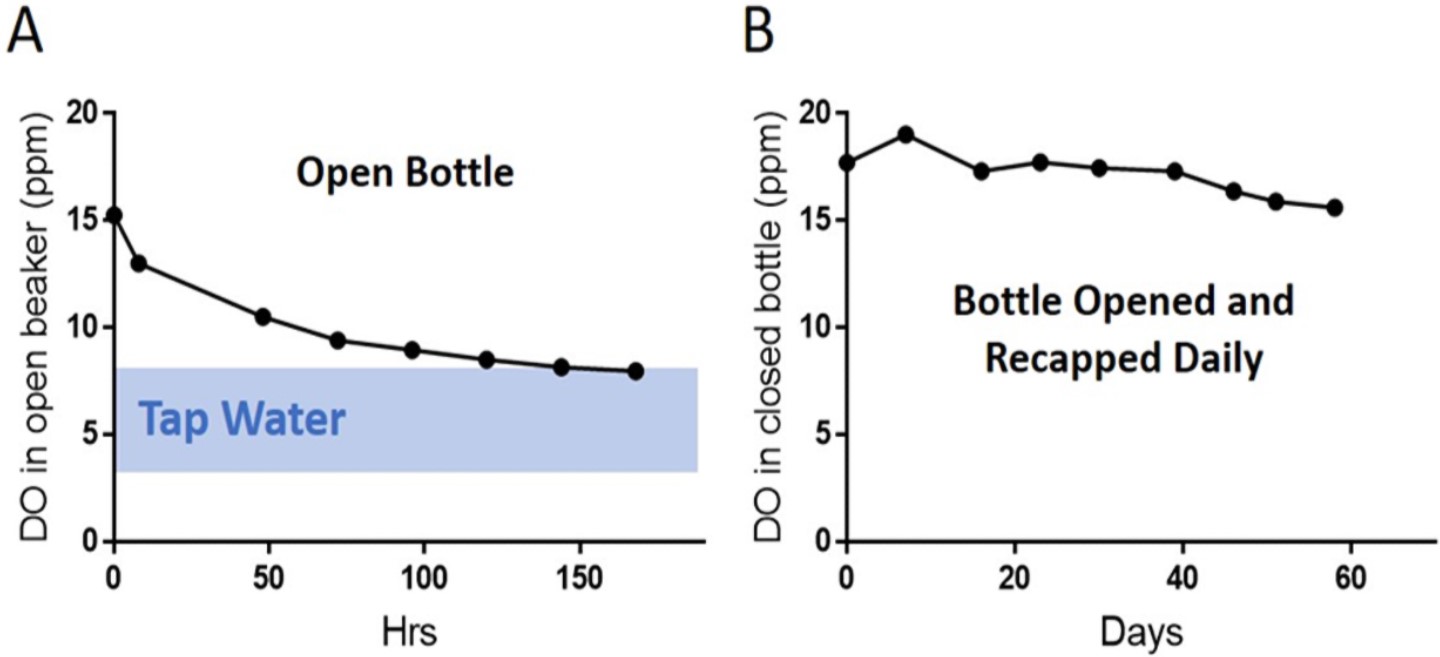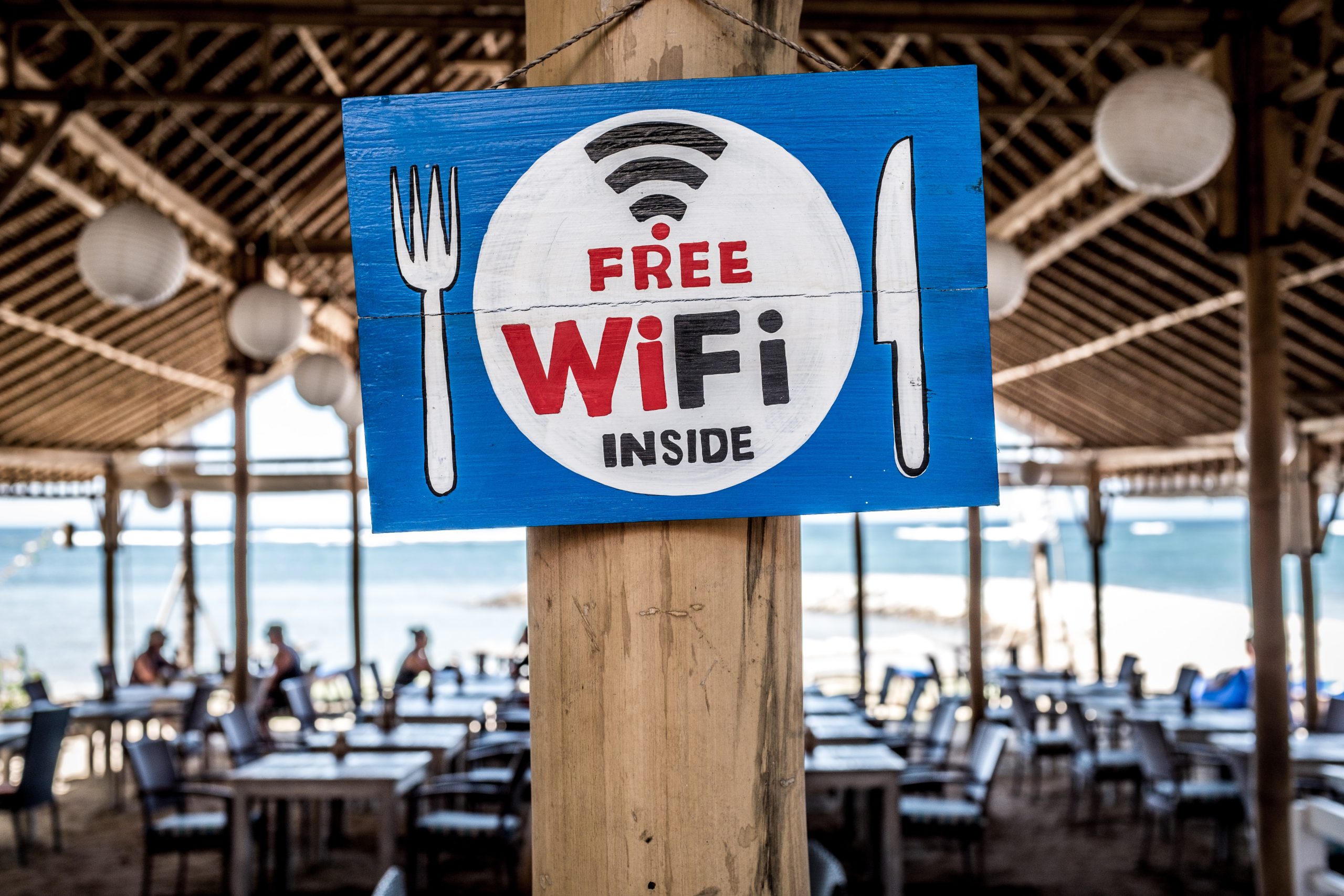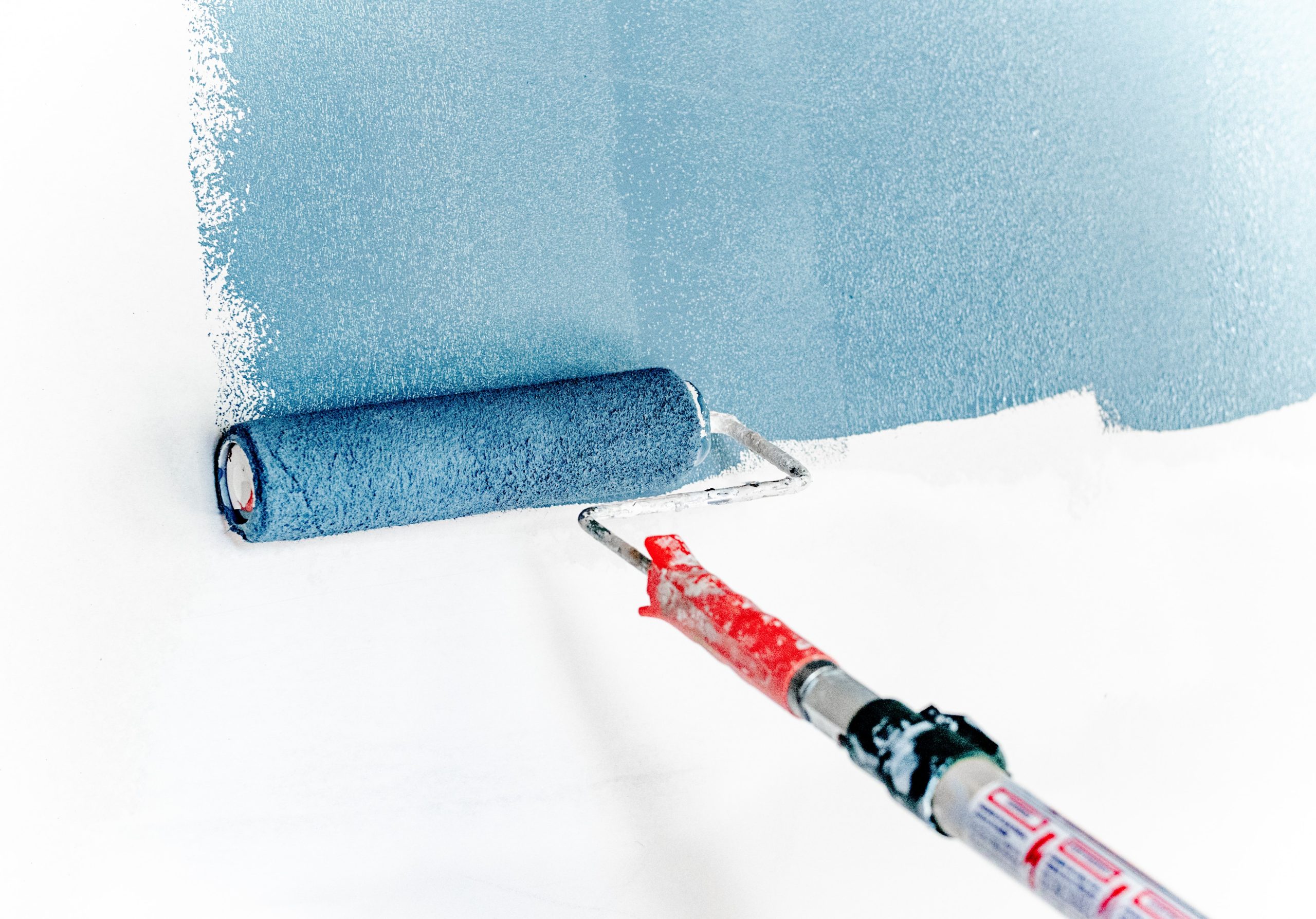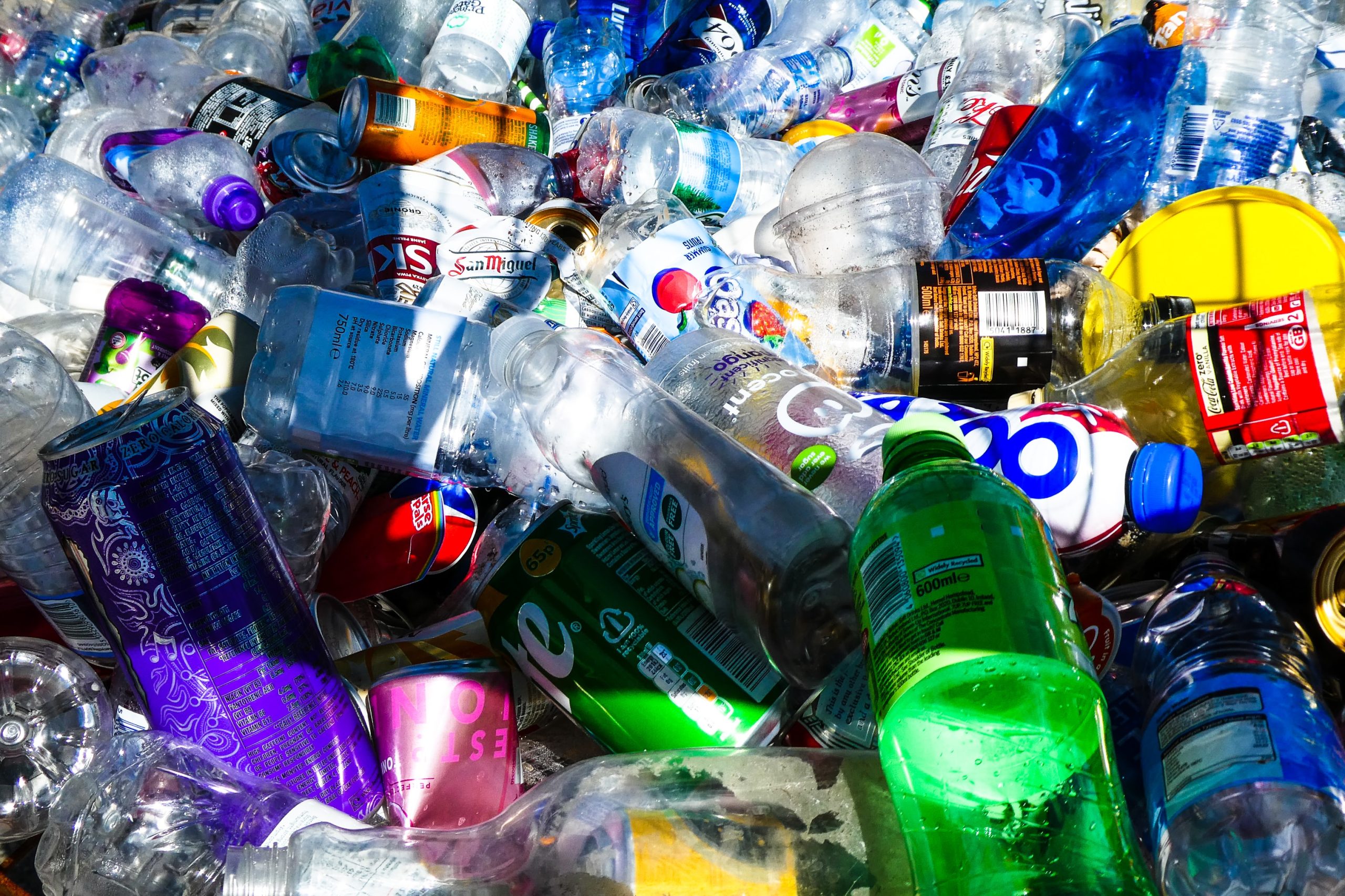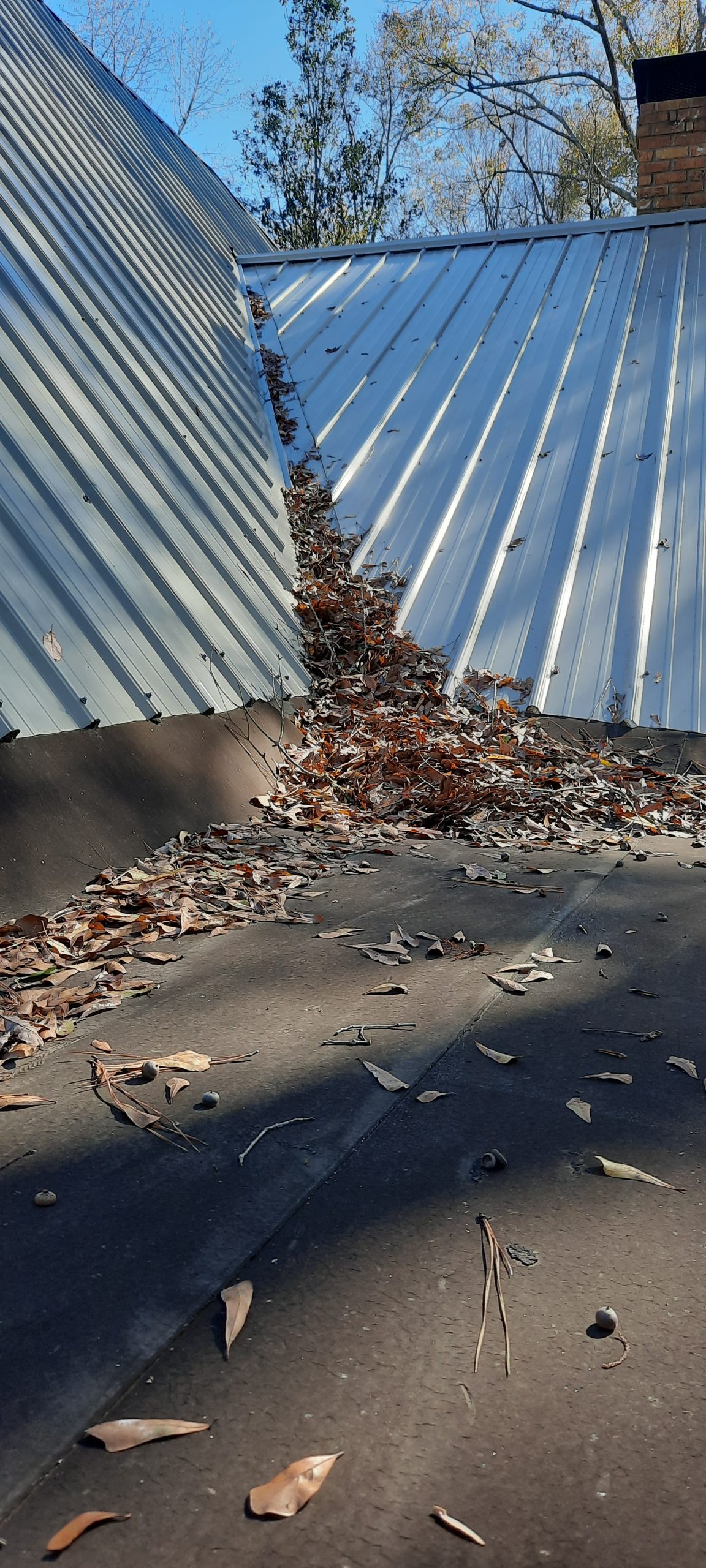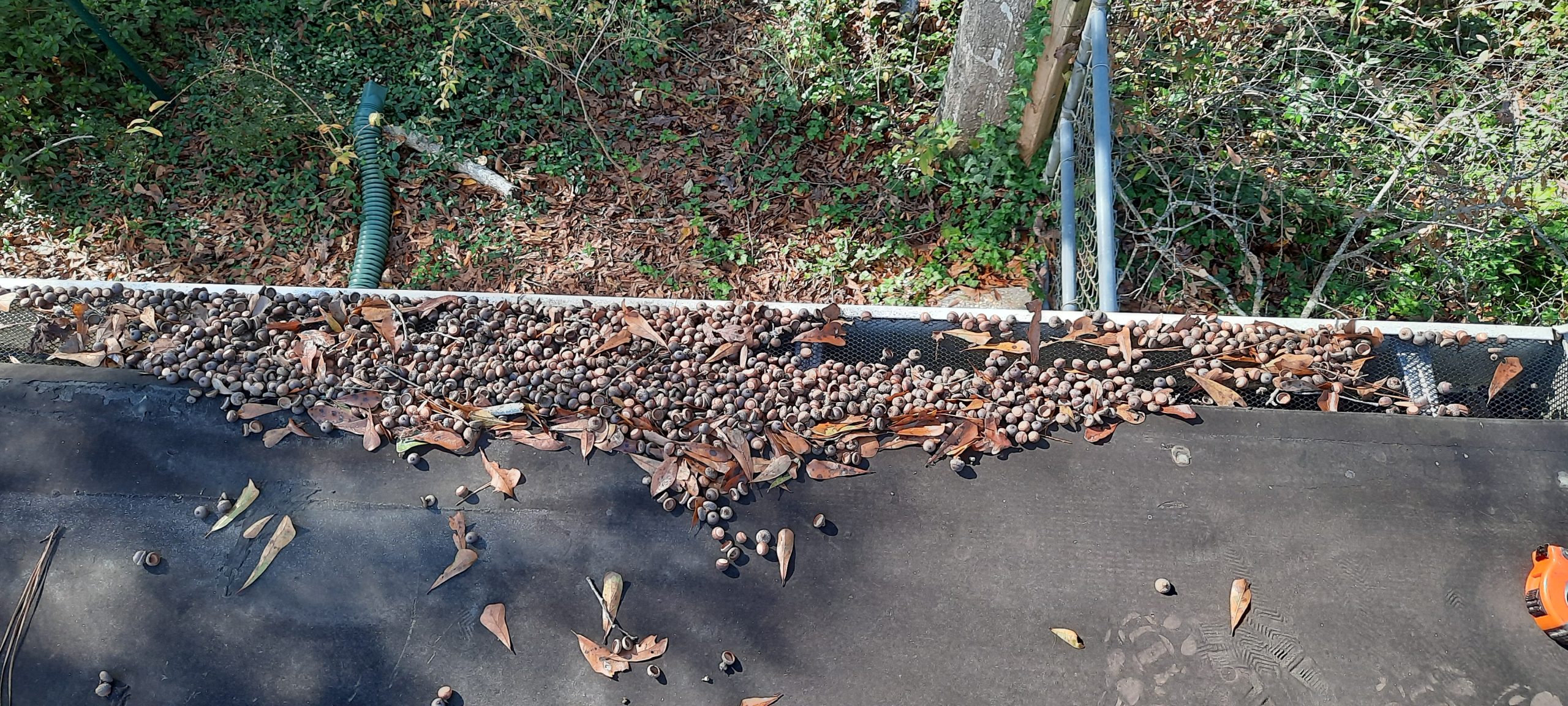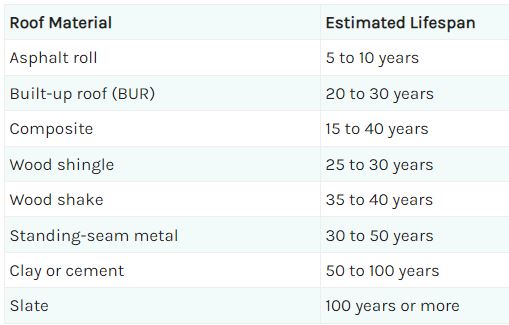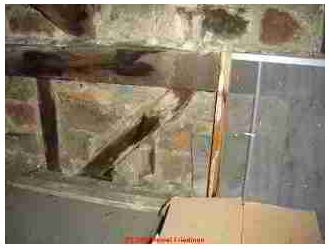Estimating Power Consumption for the Whole-Home Polar Ionizer
Estimating Power Consumption for the Whole-Home Polar Ionizer
According to the most recent results from the 2020 Residential Energy Consumption Survey by the US Energy Information Administration, two-thirds of U.S. households use central AC or a central heat pump as their main AC equipment. Because a central system incorporates ductwork to distribute air throughout the rooms of the home, it is an ideal place to install a purifier or sanitizer. HVAC technicians are now familiar with installation of technologies such as UV lights, photocatalytic generators and ionizers, but it is ionizers that have proven themselves most efficient in sanitization and energy consumption.
Each of these technologies requires the air handler blower to be operating in order to constantly move air through the system, and in the case of ionizers, the blower also moves the ions throughout the home. According to learnmetrics.com, a site that explains how to calculate all sizing and load aspects of HVAC, blower motors are sized by horsepower; from ⅙ hp all the way up to 1 hp. 1 horsepower is equivalent to approximately 746 (imperial) watts, which is the maximum power needed if the fan were running at 100% output all the time. However, most furnaces use variable-speed fans that can reduce the average power consumption from 100%t o about 20%. Therefore, the average power ends up being closer to 20% of the maximum power requirement.
Then, there is the power needed to run the bipolar ionization unit. This varies slightly depending on what power input is used (24VDC, 110VAC or 220VAC), but at an average of 9 watts, it is a fraction of what the blower requires. The bipolar unit should only be powered on when the blower runs.
For best sanitization effects, we recommend running the blower and ionizer 24 hours per day to maintain a continuous flow of ions through the home. This is accomplished by leaving the AC fan in the “ON” position instead of “Auto”. We realize, however, that due to power consumption or personal preference, customers may choose less time per day–like 8, 12 or 16 hrs instead of 24. Breaking it down in this way helps visualize the cost. According to Carrier, an HVAC equipment manufacturer, residential air conditioners usually range from 1.5 to 5 tons (or, 18,000 – 60,000 BTUh). For an average example, below we took a 3 ton unit, which normally uses a ½ horsepower blower motor, and calculated the cost for running the blower and ionizer at the national average cost of electricity (October 2022) at $0.166/kWh for these time periods per day:
8 hours per day: $3 per month
12 hours per day: $5 per month
16 hours per day: $7 per month
24 hours per day: $10 per month
These are the costs for using the blower in addition to the existing heating and cooling needs, so if you are already running the unit for heating and cooling, the cost increase will be less than this amount (by leaving the blower set at “ON” instead of “AUTO” in order to use the ionizer). You’ll also want to make sure that you change the system air filter on time or earlier since the unit will be constantly circulating air.
Do you want to calculate your own actual costs for running an ionizer? Here is the formula:
(a)*(b)*(c)*(4.476) + 1 = $/month to run the ionizer and blower for “c” hours per day.
We’re using a letter for each of the variables you’ll need to plug in:
a = Using the approximate “tonnage” of your unit, select the corresponding horsepower in decimals from the table below. 1 ton is approximately equal to 12,000 BTUs, or British Thermal Units. You can find this information in a plate on the back of the condenser:
Tons cooling/heating | BTU’s cooling/heating | |
2 | 24000 | ⅓ (0.33) |
3 | 36000 | ½ (0.5) |
4 | 48000 | ¾ (0.75) |
5 | 60000 | ¾ (0.75) |
b = Your electricity cost in $/kw (check your electric bill)
c = How many hours per day would you like to use the ionizer?
And here is some explanation: The constant 4.476 is the combination of the conversion factor of 746 watts per horsepower, a factor of 0.2 to get the average power consumption (20%), 30 days in a month, and dividing by 1000 to convert watts to kilowatts. The “+1” is the cost of running the ionizer, because it’s only about $1 or less per day.
If you have multiple central systems for different zones and plan to use an ionizer in each, just use the above formula for each system and add them together.
Considering that the Whole Home Polar Ionizer has no consumable or refillable parts like filters, UV lamps or photocatalytic cells, 24/7 microbial protection for your whole home for $10 per month is quite economical in these inflationary times!



